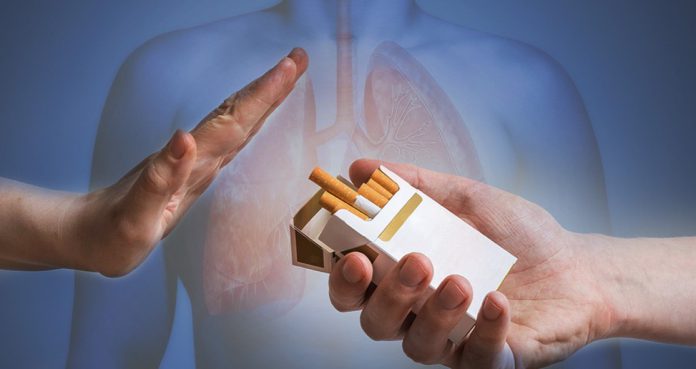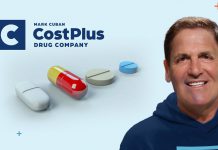A new study published Thursday in the journal Nature has found that smokers can magically heal their damaged lungs simply by quitting smoking.
The study found that smoking cessation could help replace the cancer-prone and tobacco-damaged lung cells with new healthy cells.
Senior co-author of the study Dr. Peter Campbell from the Wellcome Sanger Institute, UK, said the study findings give new hope to smokers who want to quit.
He said, “People who have smoked heavily for 30, 40 or more years often say to me that it’s too late to stop smoking – the damage is already done. What is so exciting about our study is that it shows that it’s never too late to quit.”
Dr. Campbell said, “Some of the people in the study had smoked more than 15,000 packs of cigarettes in their life but within a few years of quitting, many of the cells lining their airways showed no evidence of damage from tobacco.”
The researchers looked at the lung biopsies of 16 participants, including current smokers, ex-smokers, and non-smokers. They were looking for any mutations that could lead to cancer.
They found that nine out of every 10 lung cells in current smokers had genetic mutations, including the ones that cause cancer. However, in ex-smokers, many of those damaged lung cells were found to be replaced by healthy cells similar to the ones that are seen in non-smokers.
However, the researchers said that the exact mechanism by which the replacement occurred is unclear.
Dr. Campbell noted, “Once the person quits smoking, the cells gradually proliferate from this safe harbor to replace the damaged cells.”
He said it is important to know the reservoir of healthy cells and understand how they actually replace the damaged cells.
“If we can work out where they normally live and what makes them expand when someone stops smoking, perhaps we have opportunities to make them even more effective at repair,” added Dr. Campbell.





















